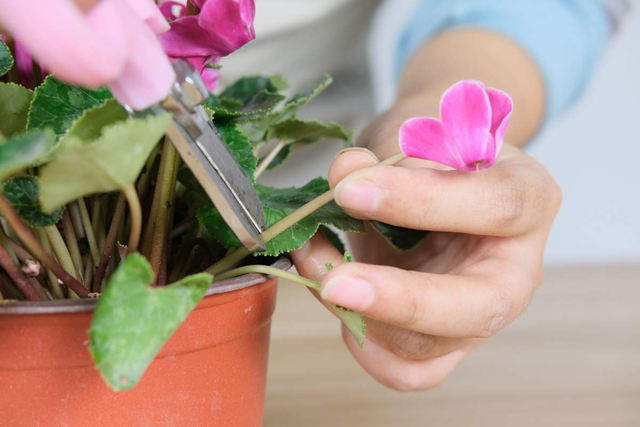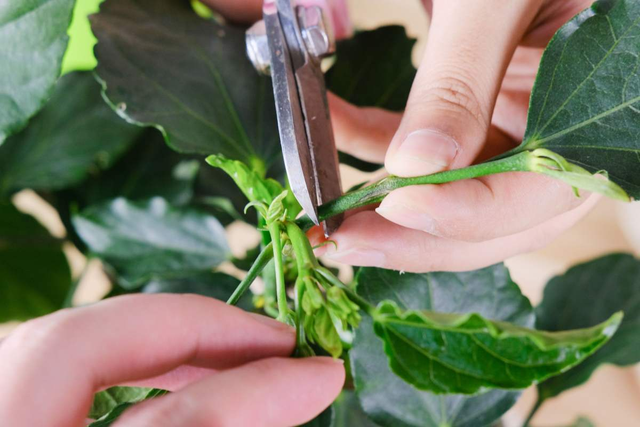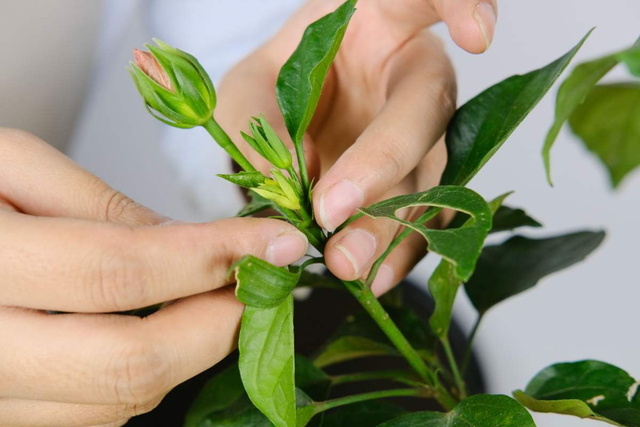
How to prune flowers? The more the flowers are cut, the more prosperous they are!
Share
For gardeners, pruning flowers is just as important as watering and fertilizing. Some people say that branch and leaf pruning is essential for plant growth. We can make flowers neat and beautiful through regular pruning, save nutrients, and more importantly, regular pruning is more conducive to blooming flowers. Only by constantly pruning old branches can we give new branches enough growth space to bloom and produce more fruit. Today, Aimerla is here to talk to you about pruning skills!
Flower pruning is generally split into two types: one is pruning during the growth period, which can regulate the vegetative growth of flowers, including topping, wiping buds, and pruning leggy branches. The other is dormant pruning, which is mainly for thinning and short truncation. It is generally pruned in early spring. Too early pruning does not help wound healing, it easily causes frost damage, while too late pruning has already begun to germinate. It's a waste of nutrients.
Pruning time for potted flowers
Pruning time is crucial, we need to understand every flower's habits before planting a flower, and their pruning time is totally different. Generally flowers that bloom in spring, and flowers that grow on the branches of the first year should be pruned within half a month after flowering, so as not to cut off the flower branches, but also to promote the germination of new shoots. Flowers and flowers with flower buds blooming on new branches this year such as roses and hibiscus should be pruned in winter to encourage more blooms and more fruit.

Pruning time for shrubs
Shrubs are usually pruned in different ways for different ornamental purposes. For example, safflower and lilac are all flowering bushes, and it is advisable to prune them after flowering in May and June. Bushes that can be seen with both flowers and fruits can usually be properly pruned after blooming to ensure good ventilation and light penetration. Other branches/trunks can be pruned in the winter. Only 15-20 cm of ground part is left when pruning, the rest is cut off so more new branches will be sprouting next year!

Topping method
Topping makes the flower fuller and nicer, and it can also sprout more side branches, which will produce more flowers and fruits. The topping method is relatively simple. Just use your fingernails or small scissors to remove the top part of the flower branches. Be careful not to hurt the flowers when topping!

Aimerla would like to remind you that some flowers can't be cut in the fall or they won't bloom. Plants such as the crab claw orchid and longevity flowers cannot prune their branches, as fall approaches their flowering period, if the remaining flowers are cut off, the plants will not bloom normally. Especially for hydration that develops flower buds in the fall if it is pruned and does not bloom as planned in the next summer.
Once you've mastered these pruning plant patterns, it's really not that hard to prune flowers, and you need to be willing to prune them while growing flowers. Only pruning can encourage the development of flower buds and produce bigger and better flowers!
#garden design #garden design ideas #garden shears #garden keenler #Garden decoration #garden soil #garden fence #garden hose #garden tools


